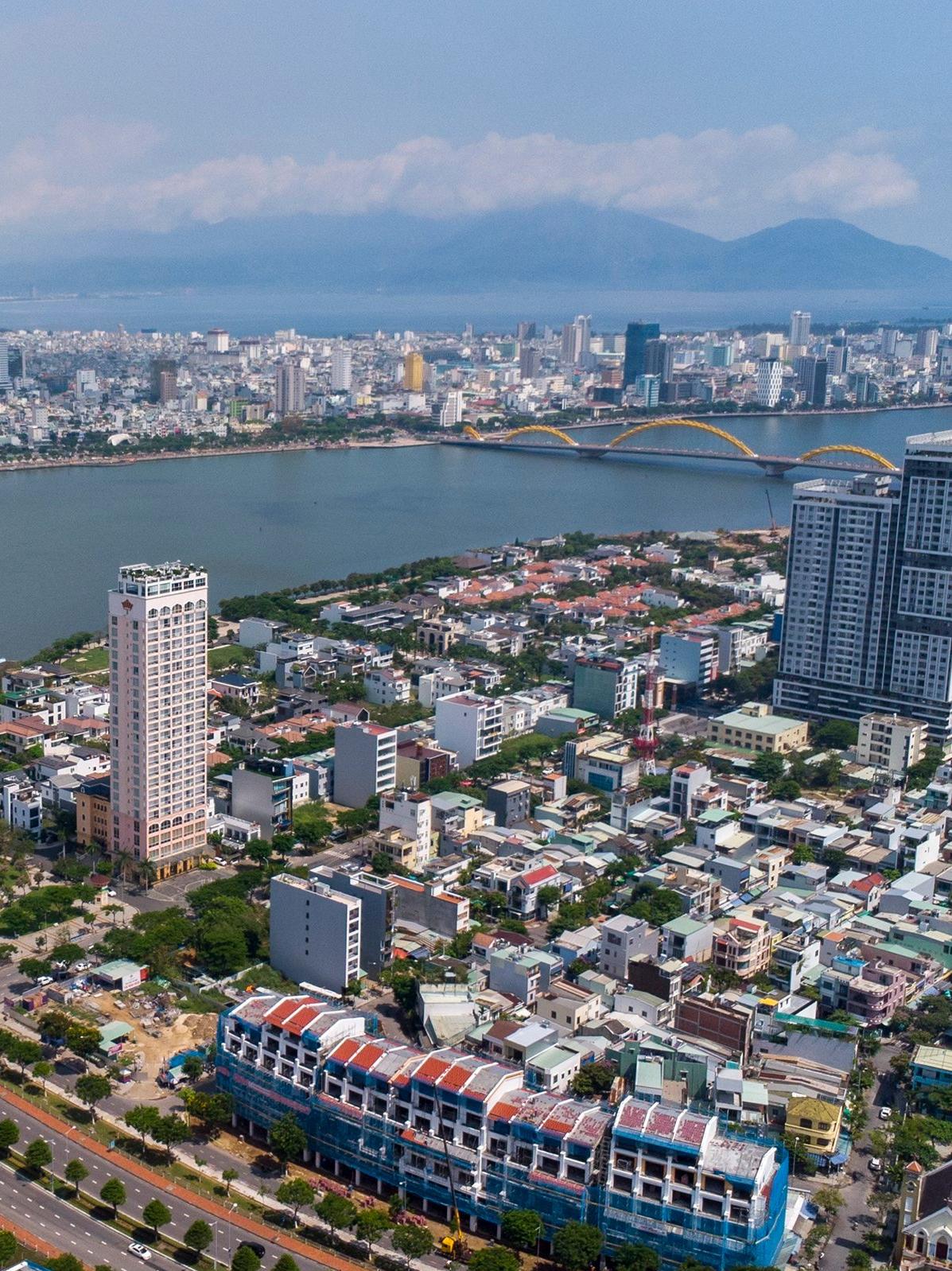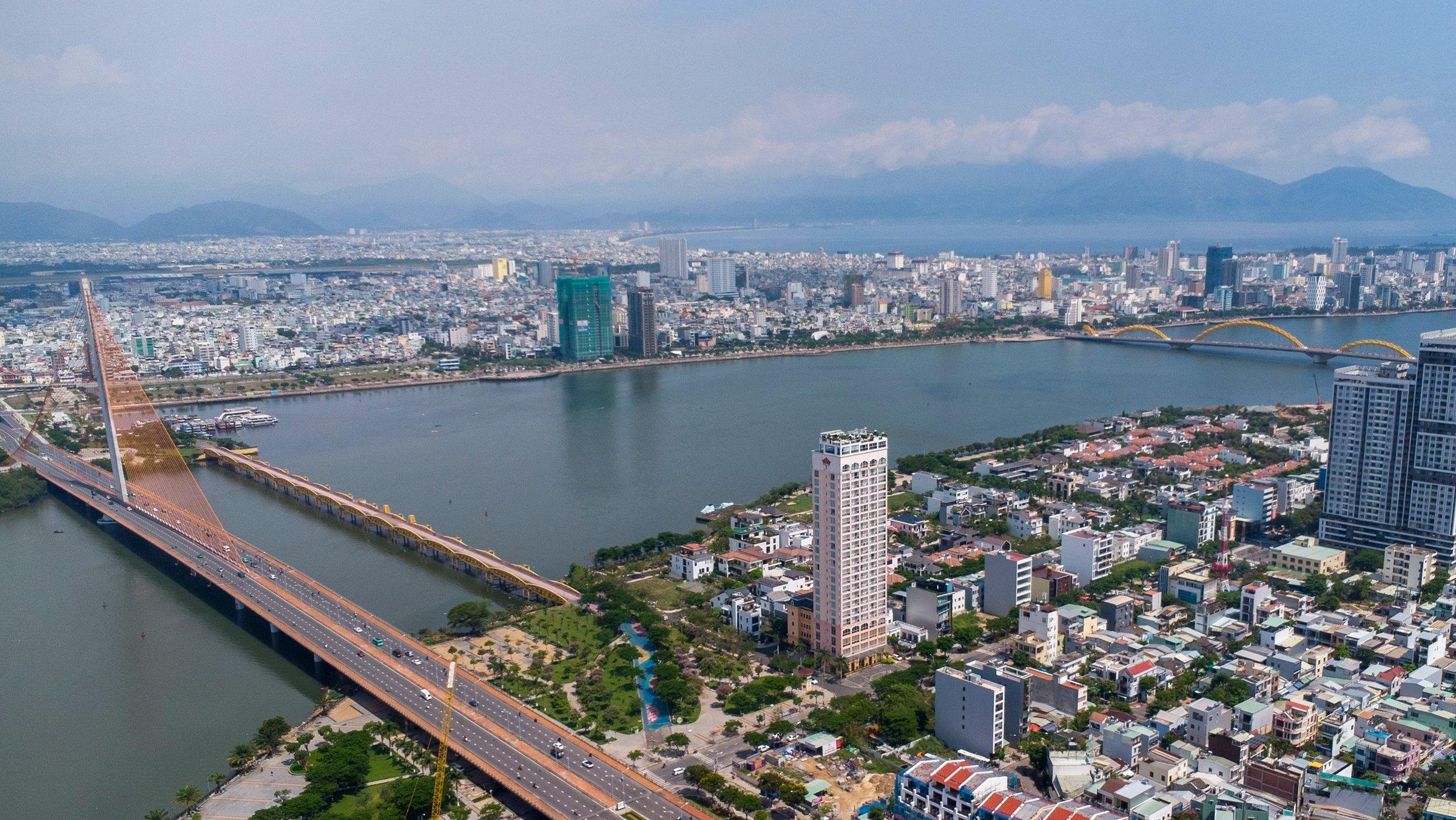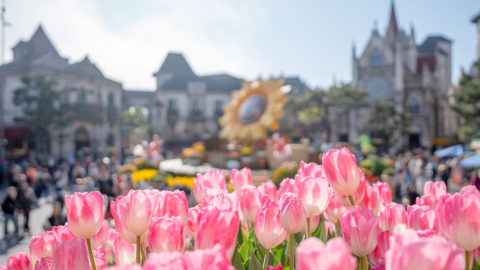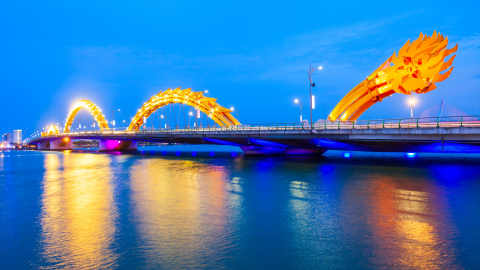On April 14, the Prime Minister officially approved the project to merge Quang Nam province and Da Nang city, forming a new administrative unit directly under the Central Government named Da Nang city. According to the project, the administrative - political center of the new city will be located in Hai Chau district, the current central location of Da Nang.
With a natural area of up to 11,859.6 km² and a population of nearly 2.82 million people, the new administrative unit becomes the largest centrally-run city in the country. Compared to the present, the new Da Nang city will expand its area more than 9 times, and at the same time receive a series of cultural, economic and infrastructure potentials from Quang Nam province.
The most special point of this merger process is that the three UNESCO-recognized heritages will now be owned by Da Nang, acting as a golden foundation for the tourism development strategy and promoting the city's image on the international map.
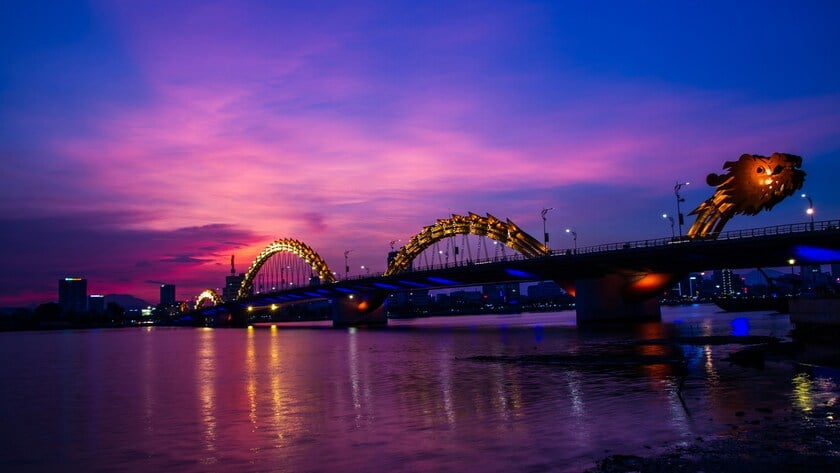
Quang Nam and Da Nang will merge to form a new administrative unit directly under the Central Government named Da Nang City.
Hoi An Ancient Town
One of the gems that the new city has inherited is the ancient town of Hoi An - which was recognized by UNESCO as a World Cultural Heritage in 1999. Located on the gentle Thu Bon River, the ancient town of Hoi An has long been famous for its ancient architecture, peaceful atmosphere and unique Asian - European cultural exchange.
Covering an area of approximately 60 square kilometers, Hoi An includes the ancient urban area in Minh An ward and the offshore Cu Lao Cham archipelago. This place was once the busiest international trading port in Southeast Asia from the 16th to 19th centuries, attracting merchant ships and traders from China, Japan, India and Europe.
The highlight of Hoi An is the more than 1,300 relics that are still preserved intact, including ancient houses, communal houses, temples, ancient wells, family churches and religious buildings. Each road, tiled roof, moss-covered wall carries a layer of dust of time, reminding of a glorious but quiet past.
Hoi An's tourism development over the years has shown great potential when combining heritage with community tourism, traditional cuisine and cultural activities such as ancient town nights, floating lanterns or lantern festivals.

Hoi An Ancient Town - World Cultural Heritage recognized by UNESCO in 1999
My Son Sanctuary
Located in Duy Xuyen district, Quang Nam province, My Son Sanctuary is a complex of temple towers belonging to the ancient Champa civilization. This relic site was recognized by UNESCO as a World Cultural Heritage in 1999 for its unique historical, architectural and religious values.
Discovered by French archaeologists in the late 19th century, My Son Sanctuary is located deep in a closed valley, surrounded by mountains and dense forests. It was the religious and political center of the Champa kingdom for many centuries, with more than 70 temple towers built continuously from the 4th to the 13th century.
The architecture of the Cham towers at My Son is deeply influenced by Hinduism, especially the worship of Shiva. Each tower cluster has a main tower symbolizing Mount Meru - the center of the universe according to Hinduism, with surrounding sub-towers. The elaborate carvings of Apsara dancers, elephants, lions, flowers and leaves... are still clearly present on many remaining structures.
Despite being severely damaged by war, notably the loss of the 24m high A1 tower, My Son still retains the original value of a once brilliant civilization. This is also an attractive destination for tourists who are passionate about exploring history and archaeology.
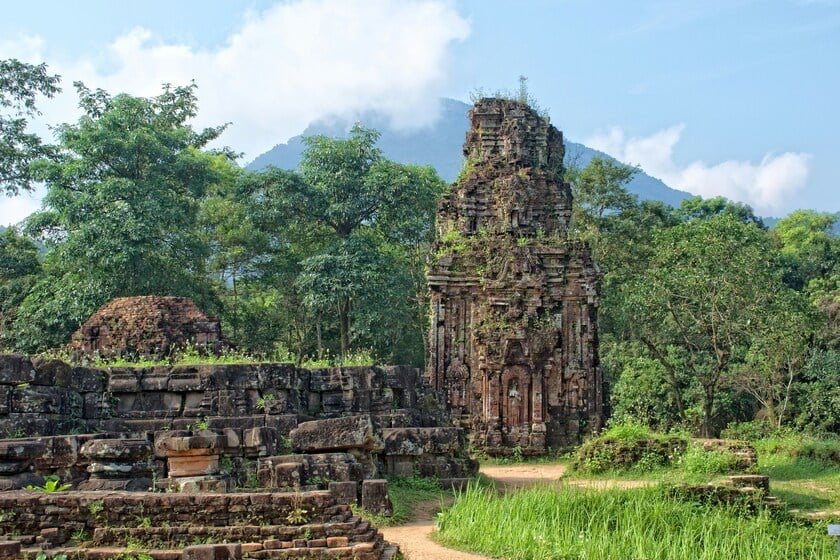
My Son Sanctuary is a complex of temple architecture belonging to the ancient Champa civilization.
Marble Mountains
Unlike the two tangible cultural heritages mentioned above, Ma Nhai Ngu Hanh Son is the first documentary heritage of Da Nang to be recognized by UNESCO in 2022, under the Memory of the World program in the Asia-Pacific region.
Ma Nhai is a system of steles consisting of 78 texts in Chinese and Nom characters carved directly on the cliffs and caves in the Ngu Hanh Son scenic area, Ngu Hanh Son district. The content of the texts ranges from the 17th century to the early 20th century, reflecting the thoughts, viewpoints and notes of Nguyen Dynasty kings, Zen masters and scholars of the time when they visited and performed ceremonies at the scenic spot.
The greatest value of the Ma Nhai is not only in its literary and religious content but also in its cultural connection between countries in the region such as Vietnam, China and Japan. Some stone steles even record meetings and poetic exchanges between East Asian intellectuals during the feudal period.
Today, Ma Nhai Ngu Hanh Son is a special destination for those who love traditional culture, Han Nom poetics, and is also a place to preserve ideological heritage throughout many historical dynasties.

Ngu Hanh Son Cave is the first documentary heritage of Da Nang to be recognized by UNESCO in 2022.
New development momentum for the expanded Da Nang city
The merger between Quang Nam and Da Nang is not only a change in administrative boundaries, but also a major shift in development strategy. With three UNESCO-recognized heritages, including one documentary heritage and two tangible cultural heritages, the new city holds unique values to reach regional level.
In the context of cultural tourism, heritage tourism and experience tourism being increasingly popular in the world, expanded Da Nang can fully exploit these "treasures" effectively to develop inter-regional tourist routes, enhancing the experience value for tourists.
In addition, the integration of transport infrastructure, seaports, airports and industrial parks between Da Nang and Quang Nam also opens up strong investment attraction prospects, especially in the fields of services, logistics, education and high technology.

 VI
VI EN
EN



